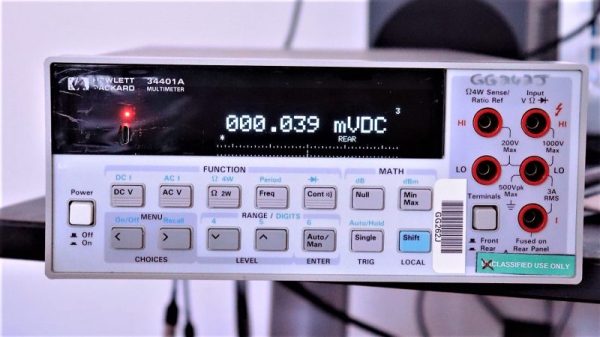Segment Anything, recently released by Facebook Research, does something that most people who have dabbled in computer vision have found daunting: reliably figure out which pixels in an image belong to an object. Making that easier is the goal of the Segment Anything Model (SAM), just released under the Apache 2.0 license.

The results look fantastic, and there’s an interactive demo available where you can play with the different ways SAM works. One can pick out objects by pointing and clicking on an image, or images can be automatically segmented. It’s frankly very impressive to see SAM make masking out the different objects in an image look so effortless. What makes this possible is machine learning, and part of that is the fact that the model behind the system has been trained on a huge dataset of high-quality images and masks, making it very effective at what it does.
Continue reading “Need To Pick Objects Out Of Images? Segment Anything Does Exactly That”














